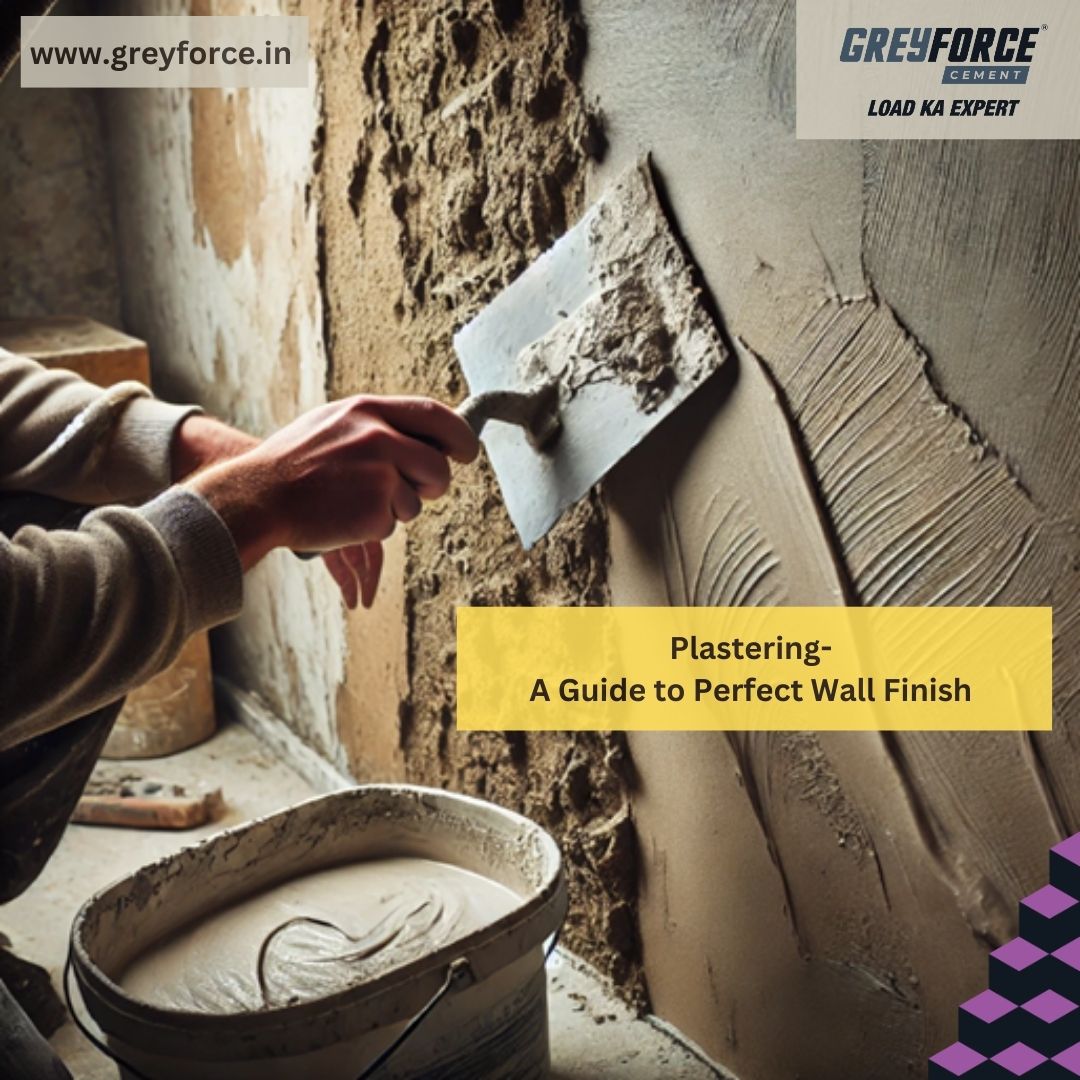
When it comes to building construction, plastering plays a crucial role in enhancing the durability and aesthetic appeal of walls. Whether you’re constructing a new home or renovating an existing space, understanding the process of plastering is essential for achieving a smooth, durable, and attractive finish. In this blog, we’ll explore what plastering is, why it’s important, and how it impacts the quality of your walls.
What is Plastering?
Plastering refers to the process of applying a protective or decorative coating to walls and ceilings. It involves covering rough surfaces of walls with a mixture of cement, sand, and water to create a smooth, durable finish. Plastering can be done on both internal and external walls, and it provides a solid foundation for further decoration such as painting or wallpapering.
The main purpose of plastering is to:
- Strengthen the wall structure
- Protect against moisture and weather damage
- Enhance the aesthetic appeal of the building
Types of Plastering Materials
Plastering uses various materials, and choosing the right one depends on the type of project. The most common types of plastering materials are:
- Cement Plaster: Made from cement and sand, this is the most widely used type, offering durability and water resistance.
- Gypsum Plaster: Lightweight and quick-setting, gypsum plaster is used mainly for interior walls and ceilings.
- Lime Plaster: Known for its breathability and flexibility, lime plaster is a more traditional option, especially used in older buildings.
The Plastering Process
The plastering process generally follows these steps:
- Surface Preparation: The wall is cleaned, and any dust, dirt, or loose particles are removed. In some cases, a bonding agent is applied to help the plaster adhere to the surface.
- Mixing the Plaster: The right proportion of cement, sand, and water is mixed to form a smooth, workable paste.
- Application: The plaster is applied to the surface using a trowel in thin layers. This process is usually done in two coats: a base coat for strength and a finishing coat for smoothness.
Smoothing and Finishing: Once the final coat is applied, the plaster is leveled and smoothed using a trowel, ensuring an even surface without cracks or imperfections.

Why is Plastering Important?
Plastering provides numerous benefits for your walls and overall building structure:
- Durability: Plastering protects walls from wear and tear, making them more durable and long-lasting.
- Moisture Resistance: Plastered walls are less prone to moisture penetration, which helps prevent issues like dampness and mold.
- Enhanced Aesthetics: A smooth, well-plastered wall serves as a perfect canvas for further decoration like painting or wallpaper.
- Fire Protection: Plaster, especially gypsum, has fire-resistant properties, adding an extra layer of safety to your building.
Common Plastering Problems and Solutions
While plastering offers many advantages, it’s not uncommon to encounter problems if it’s not done properly. Here are some common issues and how to avoid them:
- Cracking: Cracks can appear if the plaster dries too quickly or if the wall surface isn’t properly prepared. To avoid this, ensure slow, even drying and apply the plaster in thin layers.
- Peeling: Peeling occurs when the plaster doesn’t adhere properly to the surface. Using the correct bonding agent and ensuring the wall is clean can help prevent this.
- Uneven Surface: An uneven finish can ruin the aesthetics of a wall. Skilled plasterers use a trowel and level to ensure a smooth surface.
Why Choose GreyForce Cement for Plastering?
When it comes to plastering your walls, using the right materials is critical to the quality and longevity of the finish. GreyForce Cement offers high-quality cement products designed to provide strength, durability, and a smooth finish, ensuring your plastering work stands the test of time. Whether you’re working on a residential or commercial project, GreyForce Cement’s range of cements provides the ideal solution for all plastering needs.


